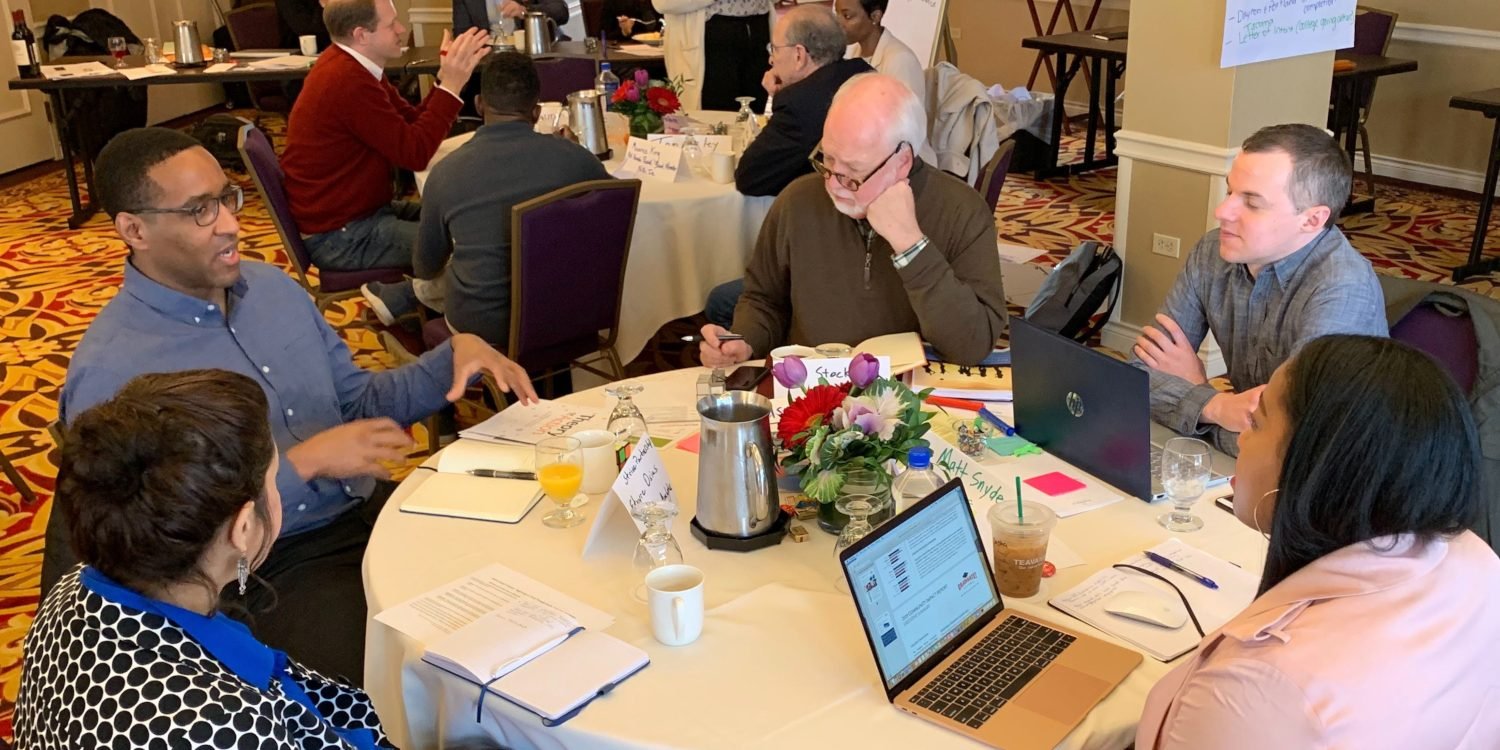What happens when you bring together people from across the country who want the best for every child in their communities?
If you’re familiar with StriveTogether, you’re probably familiar with this question: What does StriveTogether really do? I get this question all the time, every week, and have for six years. It never gets old because what we do at StriveTogether is so unexpected — and impactful.
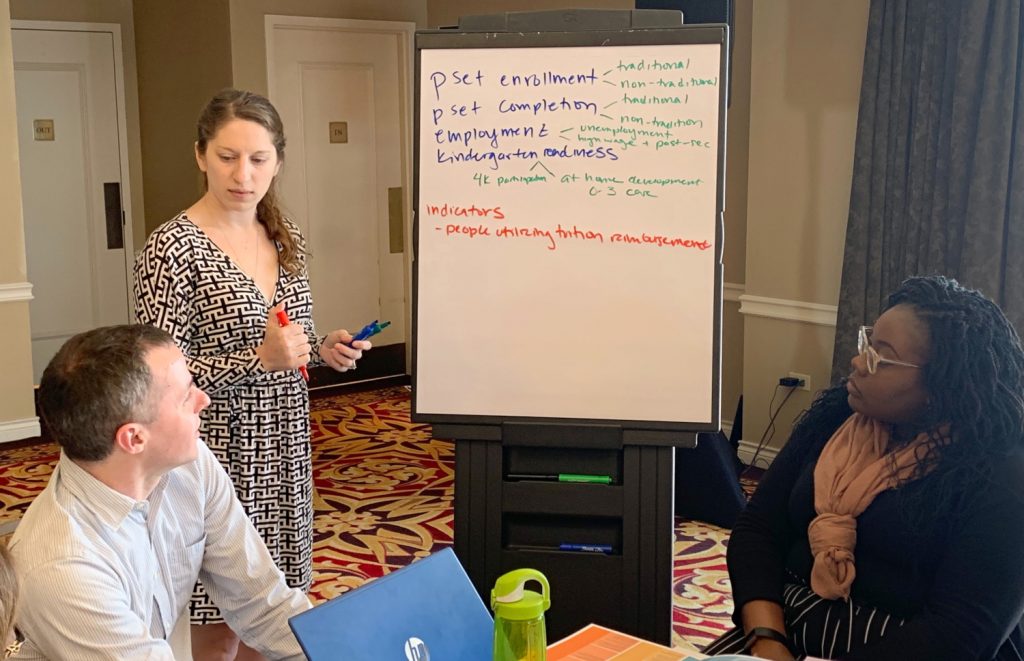 StriveTogether brings together a network of communities tackling similar tough issues and challenges. Then StriveTogether gets out of their way as they challenge, support and learn from each other. We create spaces for Cradle to Career Network members to be the experts in their own work and share their expertise with others.
StriveTogether brings together a network of communities tackling similar tough issues and challenges. Then StriveTogether gets out of their way as they challenge, support and learn from each other. We create spaces for Cradle to Career Network members to be the experts in their own work and share their expertise with others.
This Network Effect was extra powerful in Denver earlier this month when our Opportunity Fund communities convened for two days. These nine communities are supported through our Cradle to Career Community Challenge. Each of these communities are on the leading edge of improving outcomes, closing disparity gaps and addressing the root causes limiting economic mobility for children of color and children and families living in poverty. We know these are some of the most complex challenges we face in our country. And we know there is no better time than now to start working on them together.
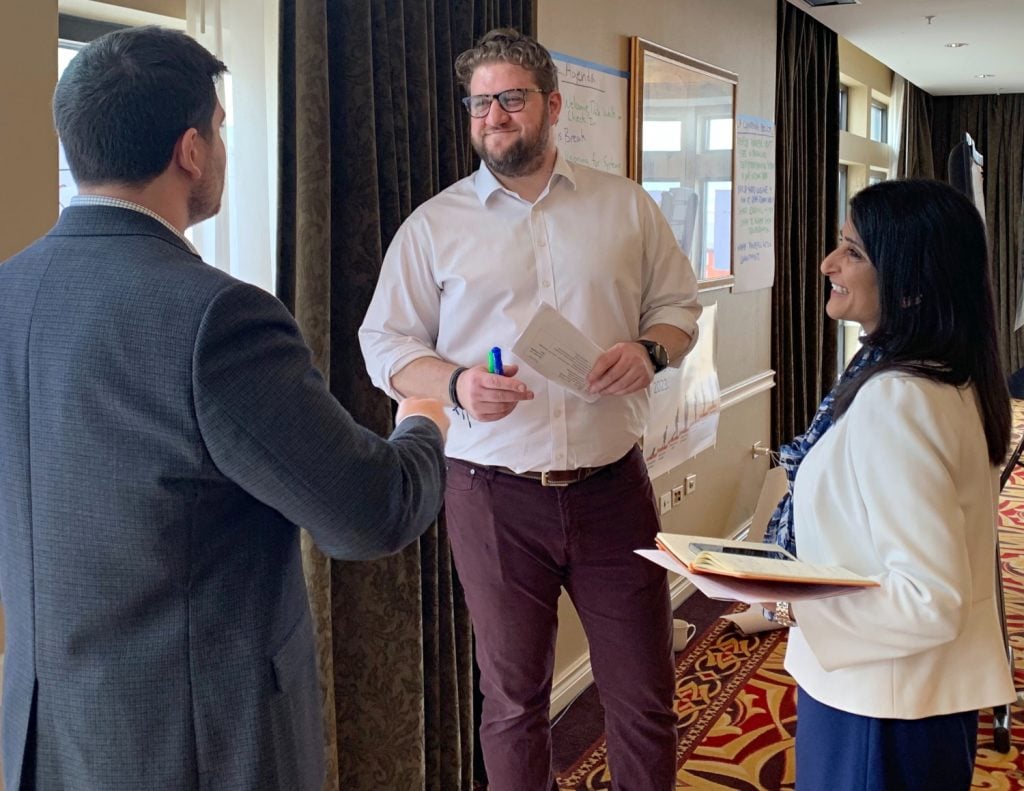 Why now? Because the Network is getting stronger as more and more communities are learning and improving cradle-to-career outcomes. The Network impacted the lives of 13.7 million children last year, and we are just getting started.
Why now? Because the Network is getting stronger as more and more communities are learning and improving cradle-to-career outcomes. The Network impacted the lives of 13.7 million children last year, and we are just getting started.
The Network’s goal is to reach the systems transformation desgination along StriveTogther’s guiding framework, the Theory of ActionTM, in 24 communities by 2023. The nine Opportunity Fund communities that gathered in Denver focused on pathways to economic mobility. They shared insights to better understand the bright spots and challenges along the journey. They know from looking at the disaggregated data in their communities that current systems are failing children of color and children living in poverty. They are building a new civic infrastructure designed around the needs of children by bringing schools, housing, transportation, business and families together. They are witnessing successes like these:
- In Central Texas, the E3 Alliance partnership has helped close racial disparity gaps in kindergarten readiness by understanding and addressing the things that truly support readiness — quality early childhood programming and the frequency and access to services. With this clear set of factors in mind, the partnership has moved 17 percent of low-income students to full-day, pre-K programs, resulting in an increase in kindergarten readiness.
- In Tacoma, Washington, the Graduate Tacoma partnership is working with Degrees of Change to improve postsecondary completion rates. This includes collaborating with the Tacoma Housing Authority on the College Assistance Housing Program. Students experience stable and affordable housing, leading to improvements in their grade point averages and persistence to complete their education.
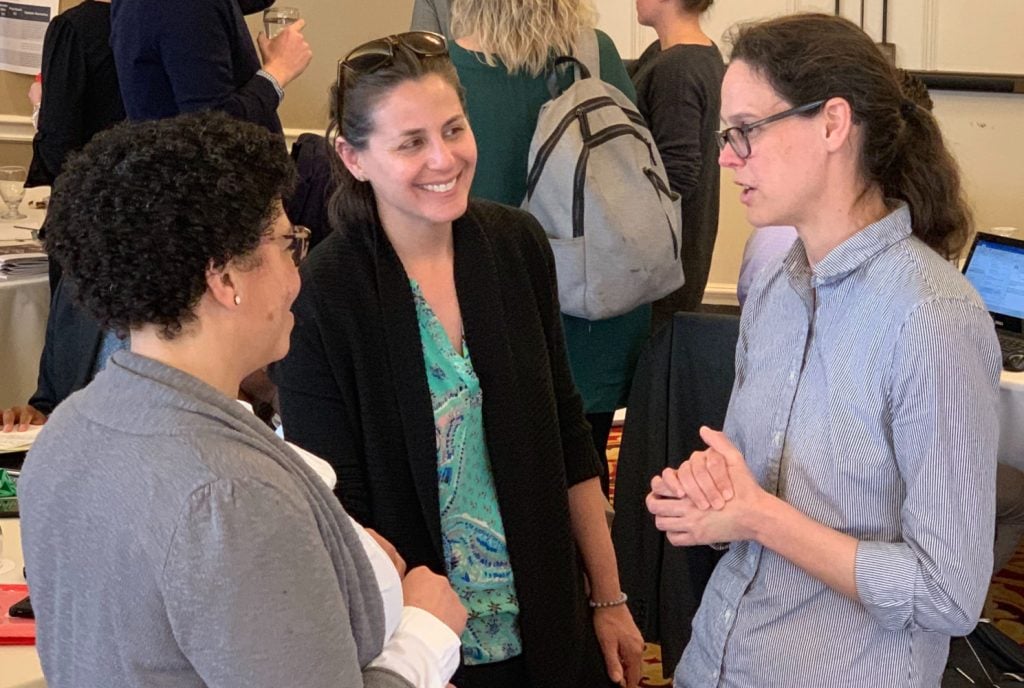 The Network Effect is far more than celebrating the successes of partners. The Network Effect pushes communities to challenge their own thinking and iterate on what their peers are learning or testing across the country. After hearing Tacoma’s story, other communities committed to engaging the housing sector to address issues facing youth and families.
The Network Effect is far more than celebrating the successes of partners. The Network Effect pushes communities to challenge their own thinking and iterate on what their peers are learning or testing across the country. After hearing Tacoma’s story, other communities committed to engaging the housing sector to address issues facing youth and families.
A major component of systems transformation is the realization that education strategies alone will not contribute to reducing disparities for children and families. We must engage all of the sectors that touch our children, like health, housing, transportation and human services. We need to work with these sectors as they dismantle their own systemic barriers that limit opportunities.
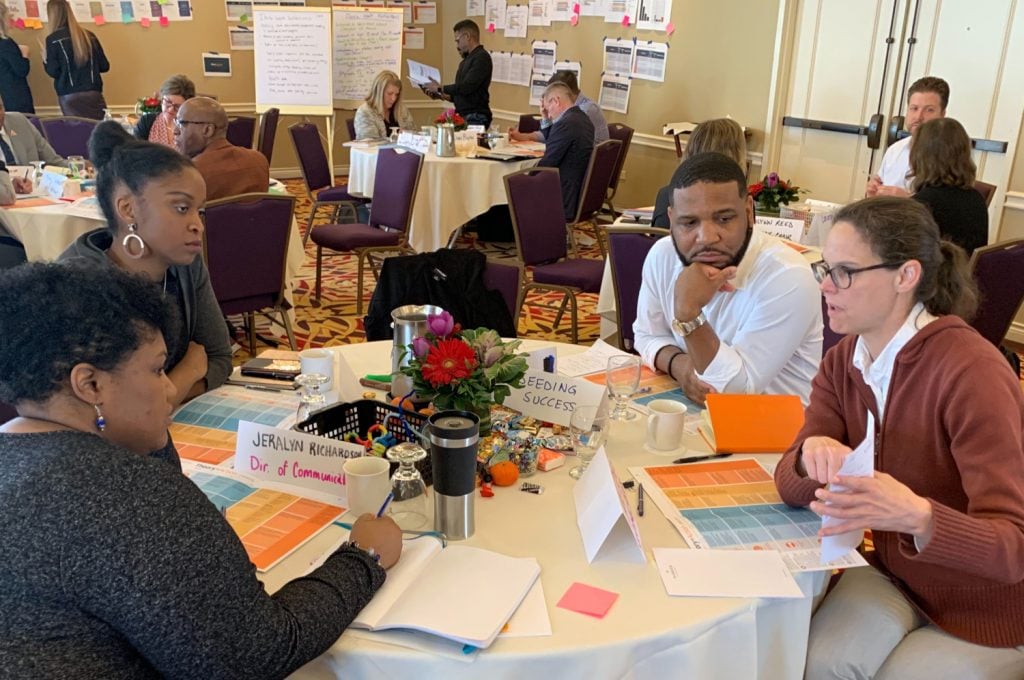 As I sat in Denver, I reflected on the energy, commitment and expertise of the Cradle to Career Network in accelerating progress to achieve zero disparities for kids and families. I know this is possible because they have each other. A colleague recently wrote about the notion of finding your beehive — that moment when you find your people and your purpose. When you see this up close — in the faces of the Network — the effect is powerful. You see commitment to dismantling systems to create better and more equitable outcomes for every child. You see what’s possible.
As I sat in Denver, I reflected on the energy, commitment and expertise of the Cradle to Career Network in accelerating progress to achieve zero disparities for kids and families. I know this is possible because they have each other. A colleague recently wrote about the notion of finding your beehive — that moment when you find your people and your purpose. When you see this up close — in the faces of the Network — the effect is powerful. You see commitment to dismantling systems to create better and more equitable outcomes for every child. You see what’s possible.
So, what do we really do at StriveTogether? We bring communities together and get out of the way as they tackle complex problems. We create the space and tools to transform systems. That’s the power of the Network Effect.

